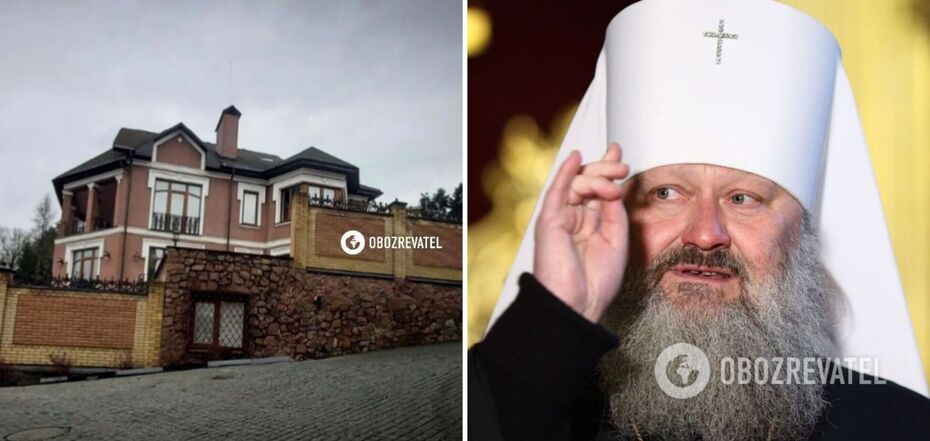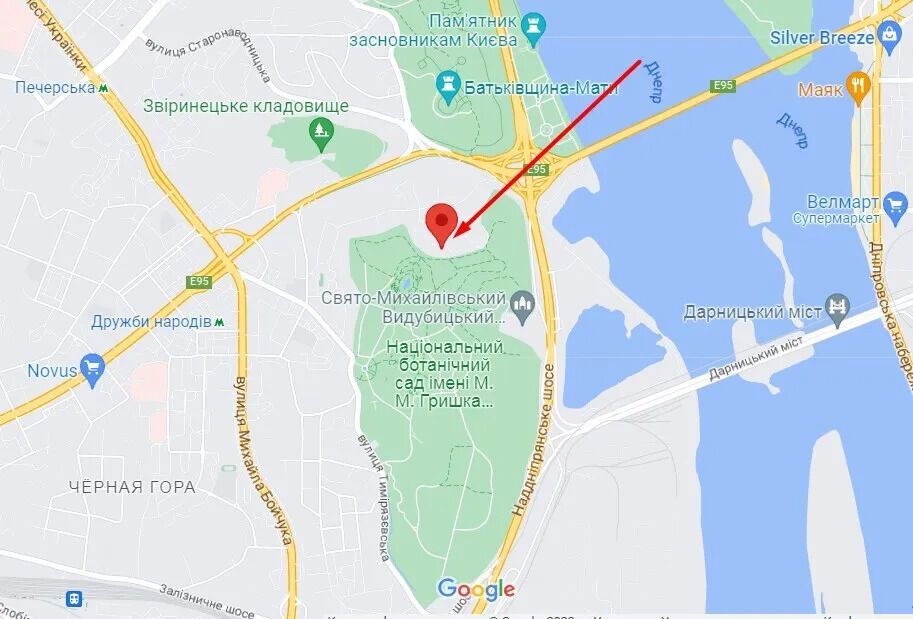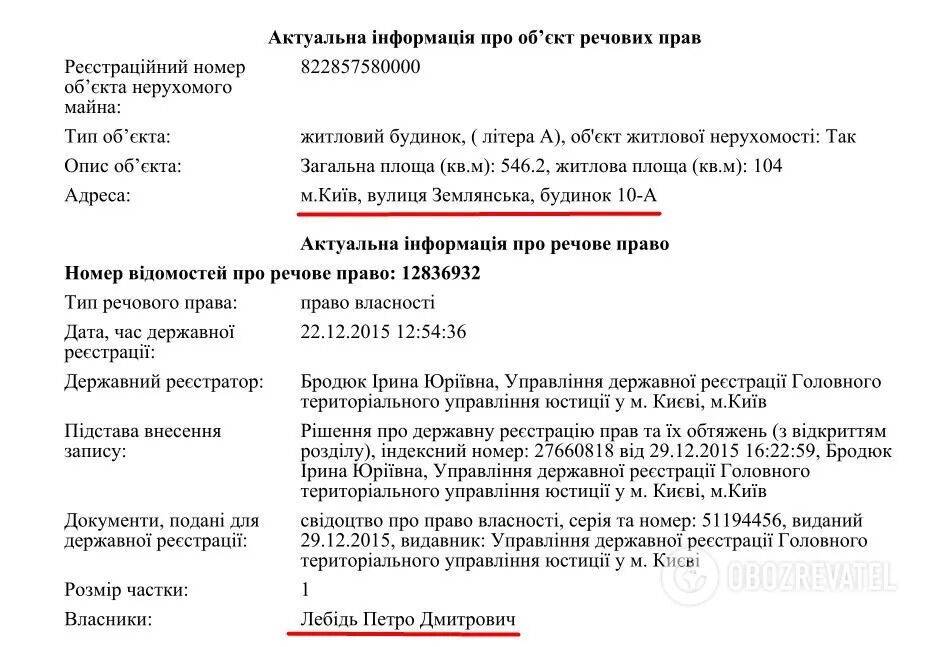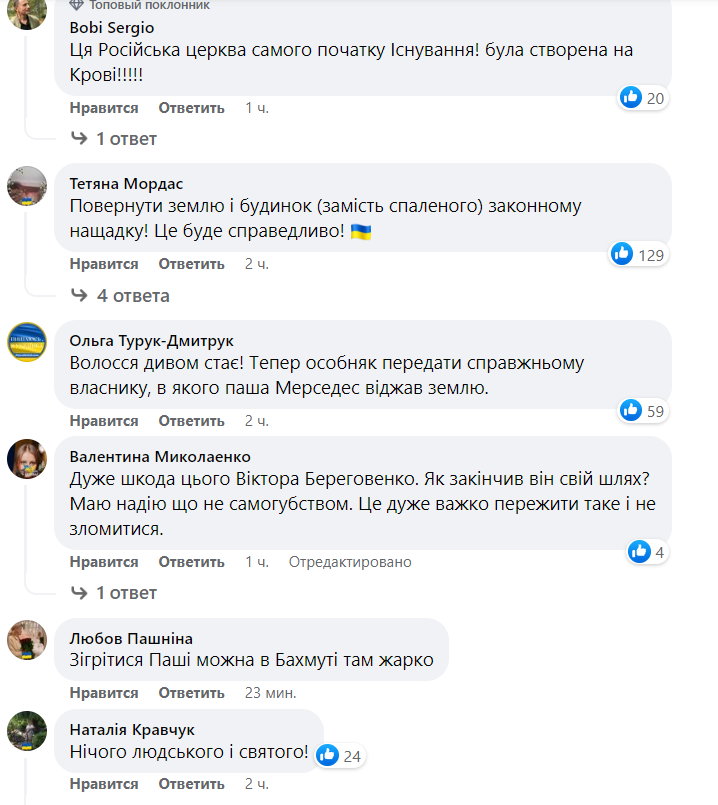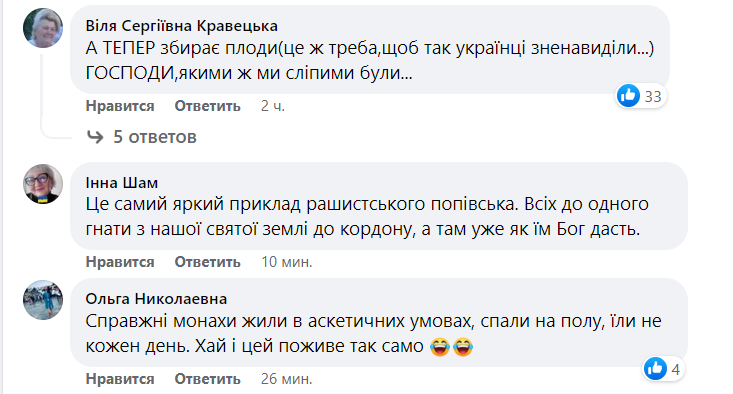Life
"Nothing human and sacred": the network was stirred up by details about the mansion that Pasha Mercedes built on the bones of a family in Kyiv
The infamous former abbot of the Kyiv-Pechersk Lavra, Metropolitan Pavlo (Lebid), turned out to be the owner of an estate on the Pechersk Hills, the land for which he took from a Kyivan who survived the Nazi bombing of Kyiv. The Ukrainians were agitated by the details of the estate.
They noted that the representative of the UOC-MP has "nothing human and holy". Users left comments on social media.
For example, OBOZREVATEL published an investigation into how Pasha Mercedes built his estate on the bones of his family in Kyiv. It turned out that he "took" the land from the Berehovenko family, who had lived in Kyiv at 10 Zemlyanska Street since 1913.
During the Second World War, in 1941, the family's house was bombed by the Nazis in Kyiv, killing two girls and an elderly woman. They were buried in the same place - in their own backyard. Only one-year-old Vita managed to survive, and he became the sole heir and owner of the entire household.
In the late 90s, a wave of privatisation began. In 1998, Viktor Beregovenko (like his neighbours) applied to the Pechersk State Administration to privatise the land plot, but faced strong opposition. In October 2000, the house was set on fire, and only the foundation remained.
After that, Viktor unexpectedly learned that almost a year ago, the Kyiv City Council had given his land plot to two "holy fathers", including Metropolitan Pavlo.
The rightful heir began to sue for his property. The litigation lasted until 2007, but the influential priests pulled their levers, and as a result, the elderly Kyivan was left with nothing.
The house at 10a Zemlyanska Street belongs directly to Metropolitan Pavlo. The total area of the house is 545 square metres, and the living area is 104. The cost of the Metropolitan's plot is at least one million.
Ukrainians were outraged by these details and the unjustified luxury of the UOC-MP representative. People noted that the real monks lived in ascetic conditions, slept on the floor and even ate not every day.
Social media users also demand that the land and house be returned to the rightful heir (instead of the one that was burned). They believe that not only God's punishment is needed, but also human punishment.
In addition, Metropolitan Pavel was called an "immoral person", noting that he is "a generalised image of a Moscow priest".
On the morning of April 1, it became known that the SBU had served a notice of suspicion on Metropolitan Pavlo (Lebed) of the UOC-MP, who calls himself the rector of the Kyiv-Pechersk Lavra. He is charged with two articles of the Criminal Code of Ukraine: 161 (incitement to inter-religious hatred) and 436 (justification of the armed aggression of the Russian Federation).
The Shevchenkivskyi District Court of Kyiv imposed a pre-trial restraint on Metropolitan Pavlo of the UOC-MP. He was placed under house arrest for 60 days with an obligation to wear an electronic bracelet.
As OBOZREVATEL previously reported, the former abbot of the Kyiv-Pechersk Lavra, Metropolitan Pavlo (Petro Lebed) of the Ukrainian Orthodox Church-Moscow Patriarchate, approved the placement of a portrait of himself in the Assumption Cathedral of the Kyiv-Pechersk Lavra. In the icon-like picture, the clergyman stands next to the head of the Ukrainian Orthodox Church of the Moscow Patriarchate, Onufriy, and the late Metropolitan Volodymyr Sabodan.
Only verified information is available in our Obozrevatel Telegram channel and Viber. Do not fall for fakes!


